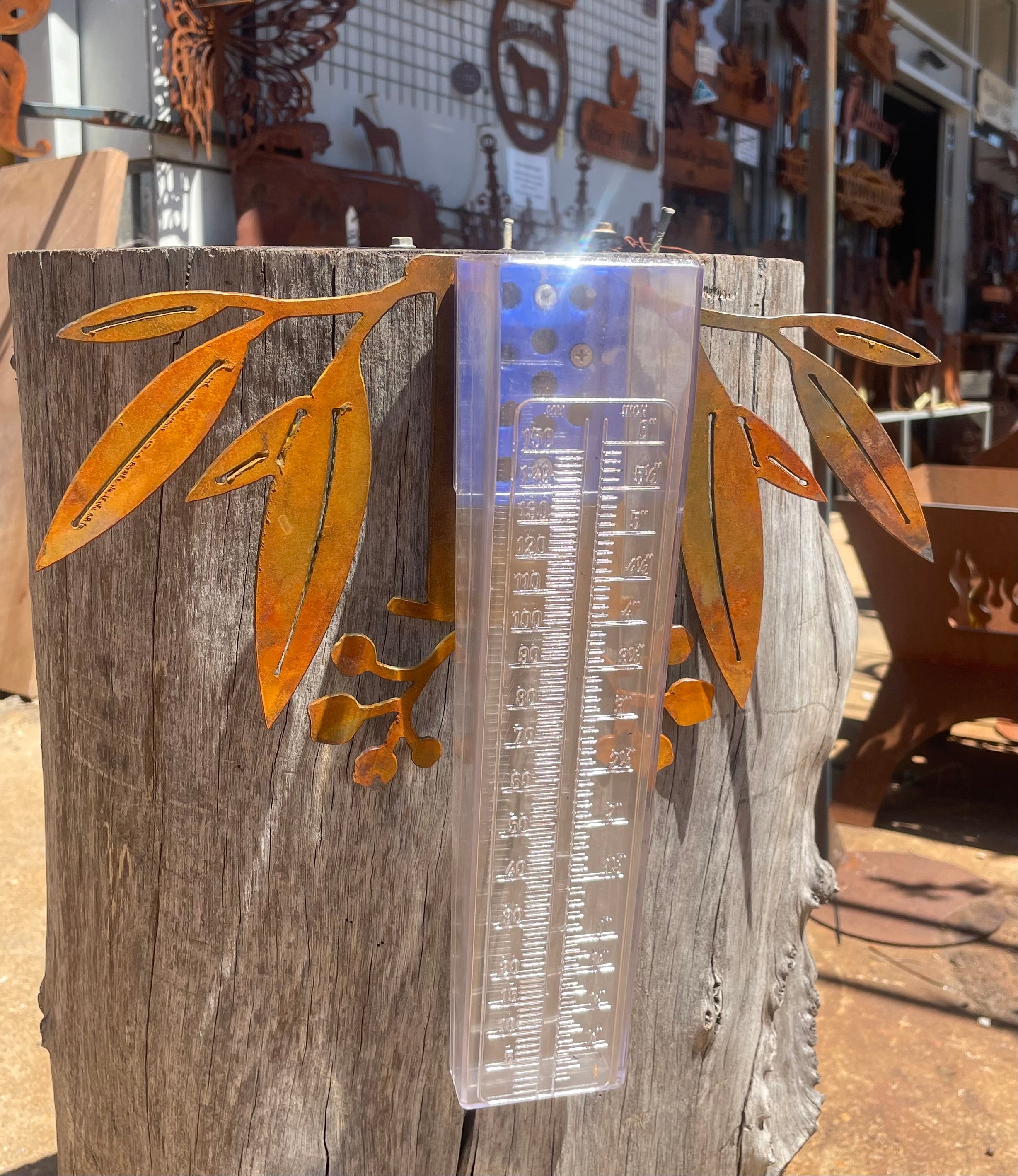How to Select the Right Rain Gauge for Reliable Precipitation Tracking
How to Select the Right Rain Gauge for Reliable Precipitation Tracking
Blog Article
Revealing the Science Behind Rainfall Assesses: How These Instruments Play a Crucial Duty in Climate Study and Environmental Monitoring
Rain determines, seemingly straightforward devices, hold a profound value in the realm of climate research and ecological monitoring. As we peel back the layers of this clinical veil surrounding rain assesses, we uncover a globe where precision, information accuracy, and thorough observation assemble to unveil a much deeper understanding of our altering environment and its influence on the planet.
Significance of Rainfall Scales
Rainfall assesses play a vital role in monitoring and gauging precipitation degrees, giving crucial data for climate research study and analysis. These tools are basic in evaluating the quantity of rainfall that occurs in a certain location over a specific period. By accumulating and determining rain, rainfall gauges offer beneficial insights right into the distribution and intensity of rainfall, helping meteorologists, hydrologists, and climatologists in recognizing climate patterns and trends.
In addition, lasting data gathered from rain assesses assists in examining climate adjustment impacts and patterns, contributing significantly to scientific research study and decision-making processes. In essence, rain assesses offer as vital devices in the field of meteorology and environmental scientific research, playing an important role in progressing our understanding of weather condition and climate characteristics.
Types of Rain Scales

Capability and Operation
In the world of climate research study and meteorological researches, the efficiency of rain evaluates depend on their complex capability and specific functional systems. Rainfall gauges are created to properly gauge the quantity of rainfall that falls over a particular area during a set duration. These devices normally include a funnel that accumulates rain and channels it into a determining tube. The gauging tube is marked with adjusted dimensions that permit the precise quantification of rains.
The performance of rain assesses is based upon the concept of measuring and accumulating rain in a standard way. This accumulated data is vital for recognizing local climate patterns, tracking long-term environment patterns, and evaluating environmental influences. To ensure precise measurements, rain assesses demand to be tactically put in open areas far from obstructions such as buildings or trees that could disrupt the collection procedure.
The operational element of rainfall gauges includes routine maintenance to avoid particles build-up, calibration checks to keep dimension accuracy, and information recording for evaluation (rain gauge). On the whole, the capability and procedure of rainfall determines are essential for gathering reliable precipitation information crucial to view website environment research study and ecological tracking
Role in Climate Research
Offered the vital significance of exact precipitation dimensions in recognizing climate patterns and environmental influences, the role of rain determines in environment study is crucial. Rainfall determines offer vital data for environment research study by evaluating the quantity of rainfall that drops over a particular location during a provided period. This information is vital for keeping an eye on long-term fads in rainfall patterns, analyzing the effect of environment modification on rains distribution, and enhancing climate designs.

Environment scientists make use of data gathered from rain gauges to assess variants in rainfall degrees, determine regional climate trends, and assess the efficiency of water source administration techniques. By comparing historical rainfall data with present dimensions, scientists can spot shifts in precipitation patterns, such as modifications in the regularity or strength of rainfall occasions. This information is crucial for understanding exactly how environment modification is affecting rainfall characteristics and can assist policymakers make notified choices concerning adjustment and mitigation approaches.
Applications in Ecological Tracking

In flooding projecting, rain scale data helps to track rains intensity and circulation, permitting authorities to provide prompt cautions and take essential actions to reduce flood risks (rain gauge). Drought tracking relies upon rain gauge information to evaluate dampness levels in the soil and track rainfall deficiencies, aiding in the identification of drought-prone areas and the execution of drought response techniques
Moreover, rain scale data plays an important function in water source monitoring by giving information on water schedule and use patterns. This information is used to make enlightened decisions concerning water allocation, preservation measures, and lasting water resource preparation. Additionally, in farming, rainfall gauge information aids farmers in optimizing irrigation schedules, crop option, and total ranch management techniques based upon neighborhood rainfall patterns. On the whole, rain assesses are vital tools in ecological tracking, supplying beneficial understandings that add to educated decision-making and sustainable resource monitoring.
Verdict
In final thought, rainfall assesses are crucial devices for determining precipitation, supplying useful information for environment research and ecological monitoring. With various types and performances, rainfall assesses play a critical duty in comprehending rainfall patterns and their effect on the atmosphere. By precisely determining rainfall, these gadgets add to the improvement of clinical expertise and help in making informed decisions pertaining to water source monitoring and calamity readiness.
Rain gauges play helpful site a vital role in monitoring and determining precipitation degrees, providing necessary information for climate research and analysis. The common rain scale, known as the "tipping container" scale, is one of the most frequently utilized tools. Ultrasonic rainfall evaluates usage audio waves to spot the presence of rain, offering real-time information on precipitation degrees.Environment scientists make use of information gathered from rain gauges to examine variations in rainfall levels, identify local environment patterns, and review the performance of internet water resource management techniques.In conclusion, rainfall determines are important tools for measuring rainfall, offering important data for climate study and environmental tracking.
Report this page